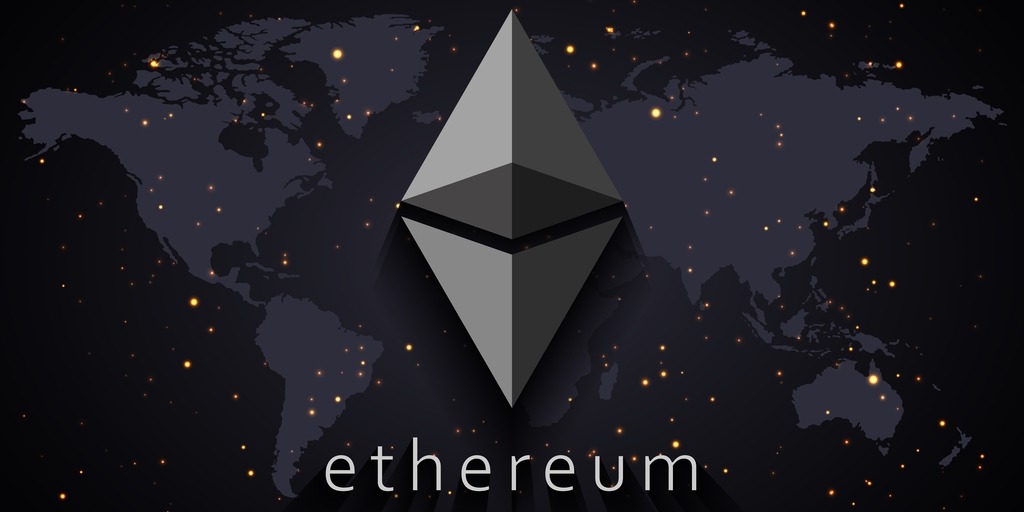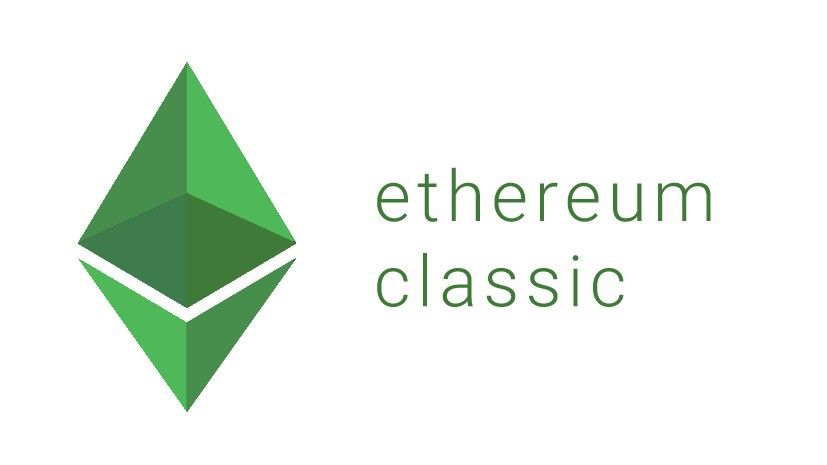Ethereum Staking and Liquid Staking Derivatives: Unlocking Amazing New DeFi Opportunities In 2024
Ethereum, as the largest and most widely used smart contract platform, has undergone a series of significant upgrades over the years. One of the most notable milestones in Ethereum’s journey was the transition from a proof-of-work (PoW) consensus mechanism to a proof-of-stake (PoS) model, finalized with the Ethereum 2.0 upgrade, known as the Merge, in 2022. This shift not only improved the security, scalability, and sustainability of the Ethereum network but also introduced Ethereum staking—an essential part of the network’s new consensus.
Ethereum staking, where users lock up their ETH to help secure the network and earn rewards, has opened up new opportunities for passive income in the world of decentralized finance (DeFi). However, staking in Ethereum 2.0 comes with certain limitations, such as the requirement to lock up a significant amount of ETH (32 ETH minimum) and the inability to use staked ETH until the network completes its next upgrades. These limitations have paved the way for innovative solutions, particularly Liquid Staking Derivatives (LSDs), which allow users to stake their ETH while maintaining liquidity, unlocking new DeFi opportunities.
This article explores Ethereum staking and the growing ecosystem of liquid staking derivatives, highlighting how they work, their benefits, challenges, and the emerging opportunities they provide in the DeFi landscape.
Ethereum Staking: A Brief Overview
Before diving into liquid staking derivatives, it is important to understand the basics of Ethereum staking and its role in the network’s security and functionality.
What is Ethereum Staking?
Ethereum staking is the process by which users lock up their ETH to participate in the proof-of-stake consensus mechanism. Stakers (or validators) are responsible for proposing and validating new blocks on the Ethereum blockchain, ensuring the integrity and security of the network. In return, validators earn rewards in the form of newly minted ETH, as well as transaction fees, which are distributed proportionally to the amount of ETH staked.
Unlike the old proof-of-work model, where miners competed to solve complex mathematical puzzles to create new blocks, proof-of-stake relies on validators chosen at random to propose blocks based on the amount of ETH they have staked. This system is more energy-efficient and scalable, making it a key part of Ethereum’s future roadmap.
Key Features of Ethereum Staking
- Minimum Staking Requirement: To become a validator, a user must stake at least 32 ETH, which is a substantial amount for many retail investors.
- Staking Rewards: Validators earn rewards for securing the network, but the rewards depend on several factors, including the total amount of ETH staked across the network and the validator’s uptime and performance.
- Lock-up Period: Once ETH is staked, it is locked up until the next phase of Ethereum’s upgrade is completed (post-Merge, withdrawals are still restricted until the full implementation of Ethereum’s upgrade).
- Slashing Risk: Validators can face penalties, including the loss of staked ETH (a process known as “slashing”), if they behave maliciously or fail to maintain network performance.
While staking offers rewards, the significant barriers—such as the 32 ETH minimum and the lock-up period—have led to the development of alternative staking solutions, particularly liquid staking.
Liquid Staking: An Overview
Liquid staking solves the key challenges associated with Ethereum staking, allowing users to stake their ETH without losing access to liquidity. Liquid staking enables users to stake any amount of ETH and, in return, receive a tokenized representation of their staked assets, known as a liquid staking derivative (LSD). These derivatives can then be used in other DeFi applications while the underlying ETH remains staked and continues to earn rewards.
How Liquid Staking Works
When a user stakes their ETH through a liquid staking protocol, they receive an LSD, such as stETH (from Lido) or rETH (from Rocket Pool). This derivative token represents the staked ETH and can be freely traded, lent, or used as collateral within the DeFi ecosystem. Meanwhile, the protocol stakes the user’s ETH on the Ethereum network, earning rewards that are reflected in the value or quantity of the LSD.
For example, when a user stakes ETH through Lido, they receive stETH, which gradually increases in value over time as staking rewards accumulate. Alternatively, in protocols like Rocket Pool, users may receive a fixed amount of rETH, which appreciates as rewards are earned.
Key Benefits of Liquid Staking
- Liquidity: The primary benefit of liquid staking is that it removes the liquidity lock-up that traditional staking imposes. Users can still access the value of their staked ETH by using their LSD in other DeFi activities.
- No Minimum Requirement: Unlike traditional staking, liquid staking protocols often have no minimum ETH requirement, allowing users to stake smaller amounts of ETH.
- Composability: LSDs are ERC-20 tokens, meaning they are fully composable within the Ethereum DeFi ecosystem. Users can lend, borrow, trade, or provide liquidity using these derivatives while continuing to earn staking rewards.
- Flexibility: Liquid staking offers flexibility to unstake or exit positions without waiting for long withdrawal periods that traditional staking requires. LSDs can be sold or swapped for other assets if liquidity is available in the market.
Liquid Staking Derivatives (LSDs) and Their Role in DeFi
The introduction of liquid staking derivatives has unlocked a new range of opportunities in the DeFi space. LSDs enable users to earn staking rewards while simultaneously participating in various DeFi protocols, opening up innovative strategies and applications.
DeFi Use Cases for LSDs
- Lending and Borrowing: Users can lend their LSDs on DeFi lending platforms or use them as collateral to borrow other assets. For example, a user holding stETH can deposit it into platforms like Aave or Compound to earn additional yield or borrow stablecoins while continuing to accrue staking rewards on their ETH.
- Liquidity Provisioning: LSD holders can provide liquidity to decentralized exchanges (DEXs) or automated market makers (AMMs), such as Uniswap or Curve, in exchange for trading fees and additional yield. LSDs can be paired with other assets in liquidity pools, enhancing liquidity for the derivative token market.
- Yield Farming: Liquid staking derivatives can be used in yield farming protocols, where users stake their LSDs in various DeFi pools to earn additional rewards in governance tokens or other assets. This allows users to layer multiple yield-generating activities on top of staking rewards.
- Leveraged Staking: By borrowing additional ETH against staked ETH derivatives, users can engage in leveraged staking strategies. They can borrow ETH, stake it again, receive more LSD, and repeat the process to multiply their exposure to staking rewards—though this comes with increased risk.
- Staking Derivative Swaps: As multiple protocols offer different LSDs, there is potential for staking derivative swaps, where users can exchange one type of LSD for another. This creates a secondary market for LSDs and may drive liquidity across different protocols.
Leading Liquid Staking Protocols
Several DeFi protocols have pioneered liquid staking solutions for Ethereum, with Lido, Rocket Pool, and others becoming major players in the ecosystem.
- Lido: As the largest liquid staking provider, Lido allows users to stake their ETH in exchange for stETH, an ERC-20 token representing staked ETH and accumulated rewards. Lido has become a dominant force in the staking space due to its user-friendly interface, support for smaller deposits, and strong integrations with DeFi protocols.
- Rocket Pool: Rocket Pool offers decentralized staking and provides rETH as its liquid staking derivative. Unlike Lido, Rocket Pool emphasizes decentralization by allowing users to run their own nodes with a lower collateral requirement (16 ETH, as opposed to 32 ETH). Rocket Pool has gained popularity among users who prioritize decentralization and trust minimization.
- Frax Ether (FraxETH): Frax Finance, a popular stablecoin protocol, also introduced its liquid staking solution. FraxETH combines a stable staking derivative model with liquidity incentives, attracting users interested in leveraging their staked ETH within the Frax ecosystem.
- Ankr Staking: Ankr provides staking services for multiple blockchain networks, including Ethereum, and issues aETH as its liquid staking derivative. Ankr focuses on offering easy-to-use staking solutions for both retail and institutional users.
Also, read – All About Ethereum Staking In 2024 and Its Amazing Future In Coming Years
Risks and Challenges of Liquid Staking
While liquid staking offers numerous benefits, it is not without its risks and challenges. As with any DeFi innovation, users should be aware of potential pitfalls.
Smart Contract Risk
Liquid staking protocols rely on smart contracts to facilitate staking and issuance of derivatives. As with any DeFi protocol, there is a risk of bugs or vulnerabilities in the smart contracts, which could result in the loss of funds or improper functionality. It is essential for users to choose audited and well-established protocols to mitigate this risk.
Liquidity Risk
Although liquid staking derivatives offer liquidity, the actual liquidity available for trading LSDs may fluctuate. In times of market stress or during large-scale withdrawals, LSD holders might find it challenging to sell or redeem their derivatives at a favorable rate. The liquidity of LSDs depends on demand within the DeFi ecosystem and the depth of liquidity pools.
Market Risk
The value of liquid staking derivatives can fluctuate relative to the underlying staked ETH, depending on market conditions and supply-demand dynamics. While LSDs are designed to track the value of staked ETH, temporary price discrepancies or discounts can occur, particularly in volatile markets.
Centralization Risk
Some liquid staking protocols, like Lido, have garnered a significant portion of Ethereum’s staking market share. This concentration of staked ETH in a single protocol raises concerns about network centralization, as a small number of entities could potentially influence network governance or security.
The Future of Ethereum Staking and Liquid Staking Derivatives
As Ethereum’s PoS ecosystem continues to evolve, liquid staking derivatives are expected to play a growing role in the DeFi space. Their ability to unlock liquidity, enhance capital efficiency, and integrate with DeFi protocols opens up new opportunities for investors, institutions, and developers alike.
Ethereum’s Shanghai Upgrade and Beyond
The Ethereum Shanghai upgrade, expected in the near future, will allow stakers to withdraw their locked ETH, increasing the appeal of staking for a wider audience. This upgrade will likely drive further adoption of both traditional staking and liquid staking derivatives as users gain greater flexibility in managing their staked assets.
Institutional Adoption
Liquid staking derivatives are also poised to attract institutional investors seeking yield in DeFi without sacrificing liquidity. As institutional demand for Ethereum staking grows, we can expect more sophisticated solutions and greater liquidity in the LSD market.
Conclusion
Ethereum staking and liquid staking derivatives represent a new frontier in decentralized finance, offering users a way to earn staking rewards while maintaining liquidity and participating in the broader DeFi ecosystem. By eliminating the barriers of traditional staking, liquid staking unlocks new possibilities for capital efficiency, yield generation, and financial innovation.
As the Ethereum network continues to mature and integrate real-world assets, liquid staking derivatives will play a crucial role in the future of decentralized finance, providing a bridge between staking and DeFi that enhances both the security of the network and the opportunities for its users.
Stay informed with daily updates from Blockchain Magazine on Google News. Click here to follow us and mark as favorite: [Blockchain Magazine on Google News].
Get Blockchain Insights In Inbox
Stay ahead of the curve with expert analysis and market updates.
latest from tech
Disclaimer: Any post shared by a third-party agency are sponsored and Blockchain Magazine has no views on any such posts. The views and opinions expressed in this post are those of the clients and do not necessarily reflect the official policy or position of Blockchain Magazine. The information provided in this post is for informational purposes only and should not be considered as financial, investment, or professional advice. Blockchain Magazine does not endorse or promote any specific products, services, or companies mentioned in this posts. Readers are encouraged to conduct their own research and consult with a qualified professional before making any financial decisions. The featured image used is just a creative depiction of the title and it does not intend to hurt sentiments of any person or institution. If it hurts anyone sentiments, please do not hesitate to reach out to Blockchain Magazine.

 Bitcoin
Bitcoin  Ethereum
Ethereum  XRP
XRP  Tether
Tether  Solana
Solana  Dogecoin
Dogecoin  USDC
USDC  Cardano
Cardano  Lido Staked Ether
Lido Staked Ether  TRON
TRON  Chainlink
Chainlink  Avalanche
Avalanche  Wrapped stETH
Wrapped stETH  Stellar
Stellar  Wrapped Bitcoin
Wrapped Bitcoin  Sui
Sui  Hedera
Hedera  Toncoin
Toncoin  Shiba Inu
Shiba Inu  WETH
WETH  Polkadot
Polkadot  Parkcoin
Parkcoin  LEO Token
LEO Token  Litecoin
Litecoin  Bitcoin Cash
Bitcoin Cash  Bitget Token
Bitget Token  Uniswap
Uniswap  Official Trump
Official Trump  Hyperliquid
Hyperliquid  Wrapped eETH
Wrapped eETH  Pepe
Pepe  USDS
USDS  NEAR Protocol
NEAR Protocol  Ethena USDe
Ethena USDe  Aave
Aave  Aptos
Aptos  Internet Computer
Internet Computer  Ondo
Ondo  Ethereum Classic
Ethereum Classic  Monero
Monero  POL (ex-MATIC)
POL (ex-MATIC)  OKB
OKB  Cronos
Cronos  Mantle
Mantle  Dai
Dai  Algorand
Algorand  MANTRA
MANTRA  Render
Render 




